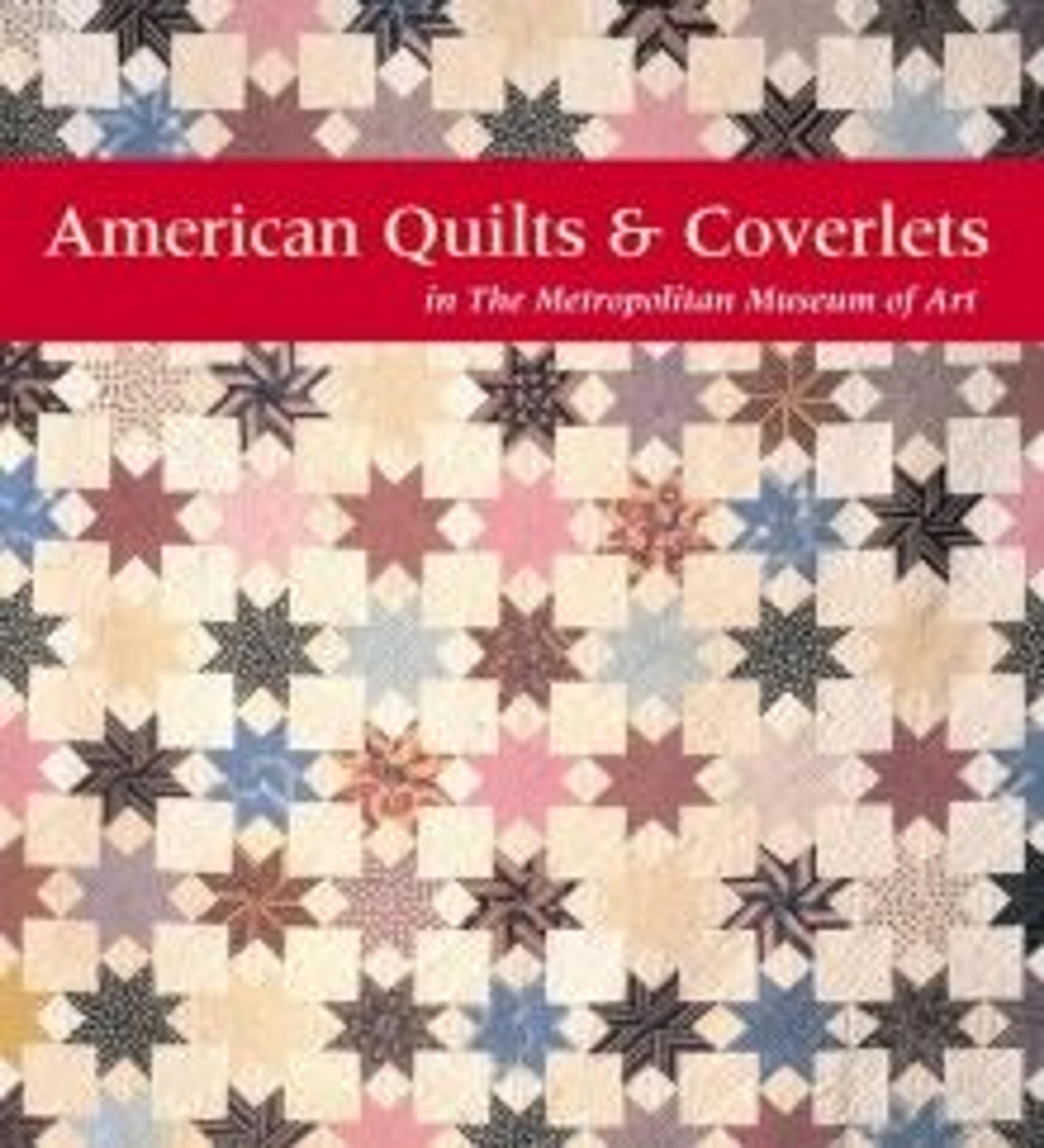Quilt, Star of Lemoyne pattern variation
"Amongst the most amusing labors of the needle, that of patchwork will, by many be accepted as the first. It offers great variety in its progress, producing many striking effects by means of exercising taste in all its combinations. In fact, this parqueterie of the work-table requires more of the qualities of the artist than might once have been imagined. It demands a knowledge of the power of form and the value of color. Patchwork is not now what it was a few centuries ago."
Godey's Lady's Book, February 1860 (p.163).
When this commentary was published in Godey's Lady's Book, silk quilts similar to this example were becoming increasingly popular. Silk quilts were made primarily for decorative purposes and were probably brought out only for show, since in comparison to cotton or wool quilts, they were fragile and difficult to clean. These showpieces often epitomize the kind of artistic quality celebrated by Godey's.
This quilt is unusual in both pattern and color scheme. The maker of this quilt quite clearly relied upon "a knowledge of the power of form and the value of color." Here, an overall grid of colorful silk pieces is played off against a somber background. The black ground may signify that it was a mourning quilt, since black is an unusual color choice for a bed cover. However, nothing is known about the quilt's provenance. The small, brilliantly colored touching stars that form the grid can be considered a variation of the traditional Star of Lemoyne pattern.
Godey's Lady's Book, February 1860 (p.163).
When this commentary was published in Godey's Lady's Book, silk quilts similar to this example were becoming increasingly popular. Silk quilts were made primarily for decorative purposes and were probably brought out only for show, since in comparison to cotton or wool quilts, they were fragile and difficult to clean. These showpieces often epitomize the kind of artistic quality celebrated by Godey's.
This quilt is unusual in both pattern and color scheme. The maker of this quilt quite clearly relied upon "a knowledge of the power of form and the value of color." Here, an overall grid of colorful silk pieces is played off against a somber background. The black ground may signify that it was a mourning quilt, since black is an unusual color choice for a bed cover. However, nothing is known about the quilt's provenance. The small, brilliantly colored touching stars that form the grid can be considered a variation of the traditional Star of Lemoyne pattern.
Artwork Details
- Title:Quilt, Star of Lemoyne pattern variation
- Date:ca. 1860
- Geography:Made in United States
- Culture:American
- Medium:Silk and cotton
- Dimensions:85 x 70 in. (215.9 x 177.8 cm)
- Credit Line:Gift of Mrs. Gilbert Chapman, 1974
- Object Number:1974.154
- Curatorial Department: The American Wing
More Artwork
Research Resources
The Met provides unparalleled resources for research and welcomes an international community of students and scholars. The Met's Open Access API is where creators and researchers can connect to the The Met collection. Open Access data and public domain images are available for unrestricted commercial and noncommercial use without permission or fee.
To request images under copyright and other restrictions, please use this Image Request form.
Feedback
We continue to research and examine historical and cultural context for objects in The Met collection. If you have comments or questions about this object record, please contact us using the form below. The Museum looks forward to receiving your comments.
